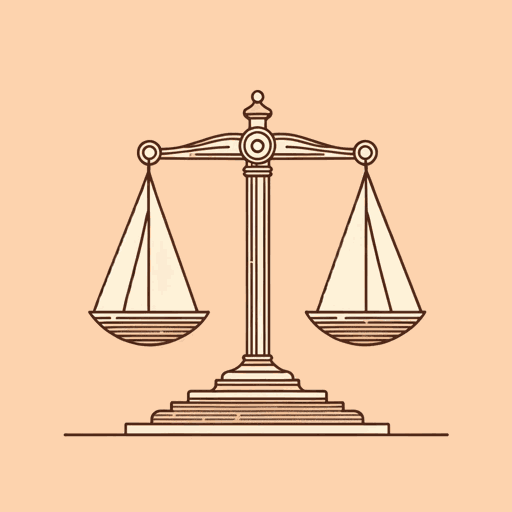66 pages • 2 hours read
Heather Cox RichardsonDemocracy Awakening: Notes on the State of America
Nonfiction | Book | Adult | Published in 2023A modern alternative to SparkNotes and CliffsNotes, SuperSummary offers high-quality Study Guides with detailed chapter summaries and analysis of major themes, characters, and more.
Important Quotes
Content Warning: The guide and source text discuss hate speech, racism, enslavement, racial and gender prejudice, genocide and displacement of Indigenous Americans, anti-Black violence, and systemic inequalities through American history. To refer to the collective of Americans who are not of European descent, Heather Cox Richardson uses the phrase “people of color,” which this guide preserves. Both the guide and the source text are specific about race and ethnicity where applicable.
“Hitler’s rise to absolute power began with his consolidation of political influence to win 36.8 percent of the vote in 1932, which parlayed into a deal to become the German chancellor. The absolute dictatorship came afterward. Democracies die more often through the ballot box than gunpoint. But why would voters give away their power to autocrats who inevitably destroy their livelihoods and sometimes execute their neighbors?”
(Foreword, Page 9)
Richardson uses a piece of historical evidence to transition into the central question her book seeks to address. When Americans think of authoritarian dictators, they often think about Hitler, but Richardson makes the point that Hitler didn’t manifest into power suddenly as an absolute dictator: He used rhetoric, voting, and the support of the people to access a position of power he then took advantage of. Then, she asks a rhetorical question about how and why such a thing could happen. While an authoritarian rise to power seems extreme at first, Richardson uses this paired anecdote and question to urge American readers not to become complacent to authoritarian trends in the United States.
“The idea of a ‘conservative’ stance in politics emerged during the French Revolution, when Anglo-Irish statesman Edmund Burke recoiled from what was happening on the other side of the English Channel. As revolutionaries in France abolished the traditional hierarchies of government and the church, Burke took a stand against radical change driven by people trying to make the government enforce a specific ideology.”
(Part 1, Chapter 1, Page 20)
Richardson explains the origin of the word “conservative,” which is often used as a synonym for “Republican” in the 21st-century United States. Her definition establishes conservatism as a method of governmental change supported by slow changes made after observing real life. This type of conservatism was opposed to ideologies taking precedence over observable reality. Richardson details the original definition of conservative to highlight how this word changed after entering US politics: first, how both abolitionists and anti-abolitionists believed they were espousing conservative values, and then how the movement became conflated with the ideologically driven Movement Conservatism that animated the Republican Party from the 1950s onward.

